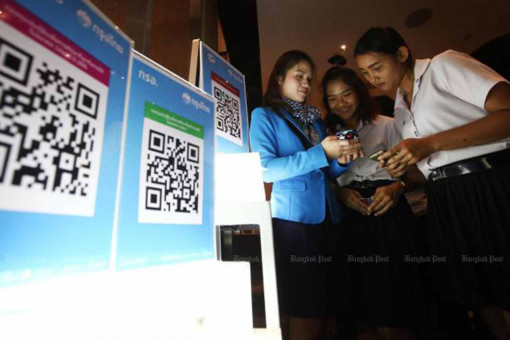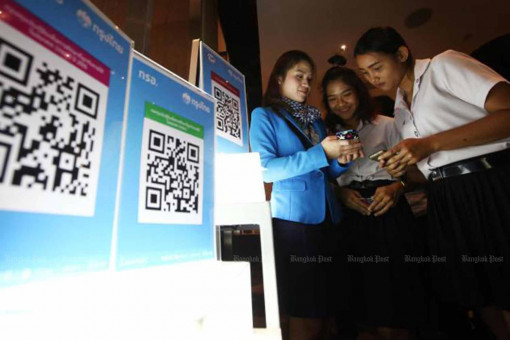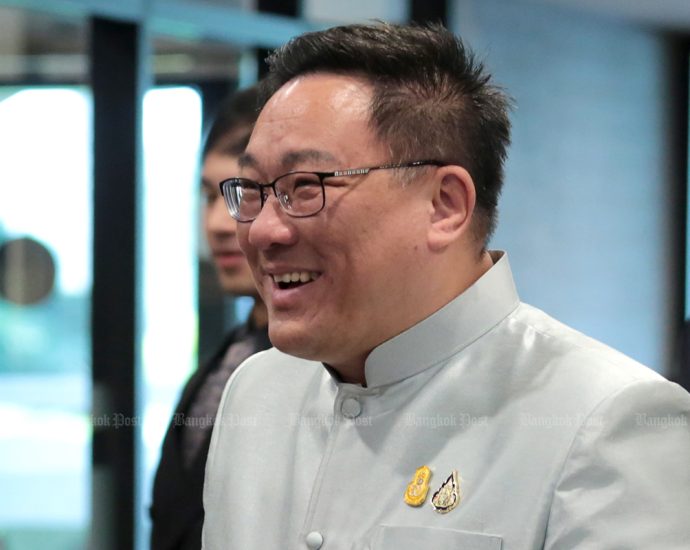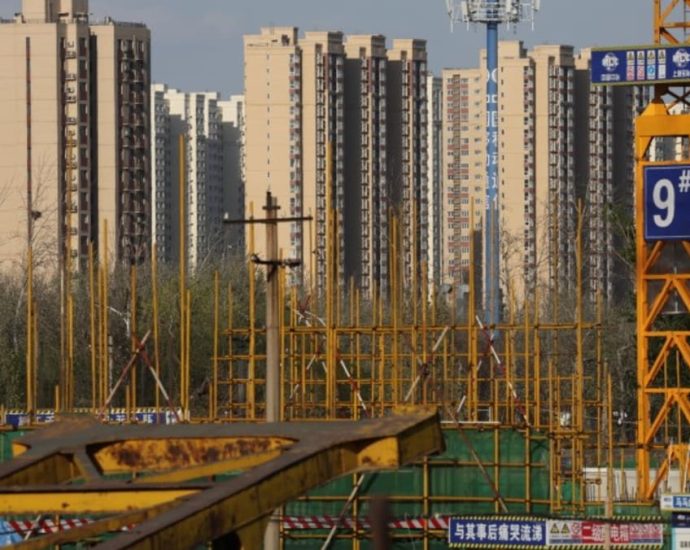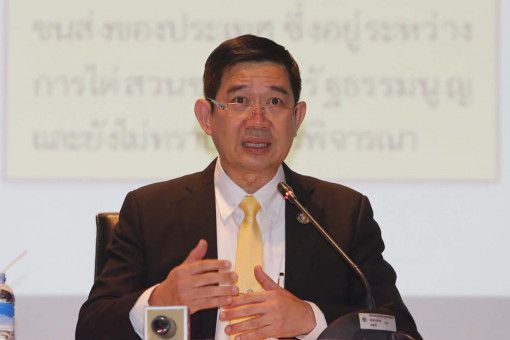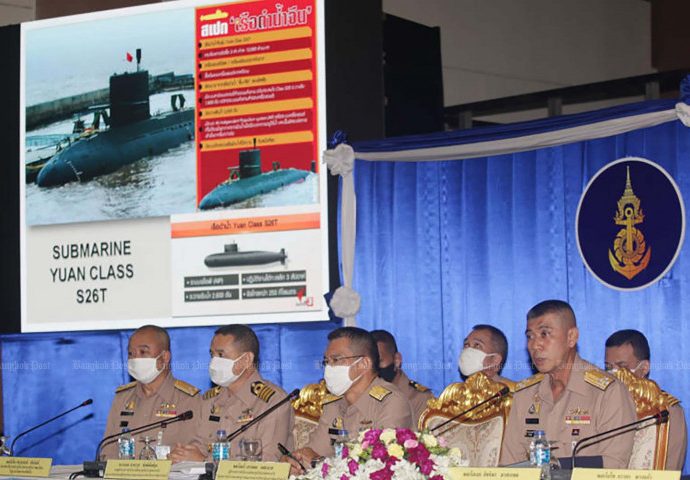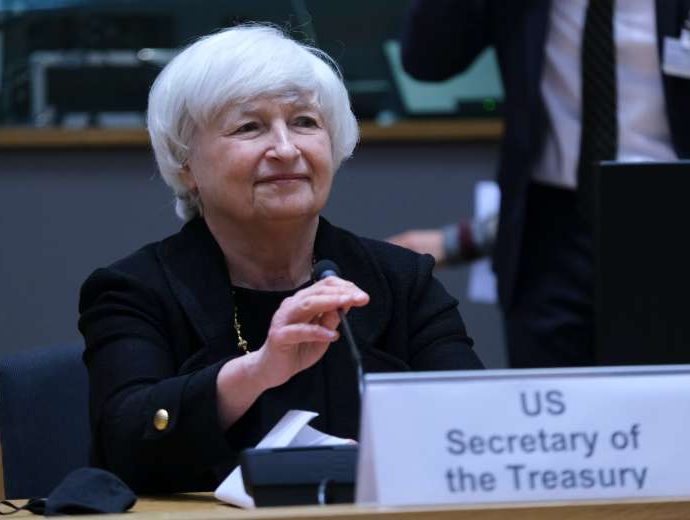SLF has bad debts totalling 100 billion baht
Revised law encourages students to repay loans
PUBLISHED : 21 Jan 2024 at 06:02

The Student Loan Fund (SLF) has bad debts that have reached 100 billion baht, but new measures under the amended Student Loan Fund Act of 2023 are hoped to encourage borrowers to repay their debts.
Chainarong Katchapanan, manager of the SLF, said the accumulated amount of non-performing loans has almost doubled from 60 billion baht in 2017 to 100 billion baht now.
The bad debts have spiked because borrowers are believed to have prioritised the repayment of other debts, such as credit card debt and mortgages, over their student loans, he said.
However, new calculation methods introduced in the amended act are expected to encourage borrowers to repay their debts, to reduce the number of non-performing loans and ensure the SLF remains financially sustainable in the long term, he said.
Under the revised law, when a borrower makes a repayment on a defaulted loan, the money is first used to pay off the principal balance of the loan, then the accrued interest, and then any outstanding fines.
This runs contrary to the original terms, in which the money was first used to pay off outstanding fines and the accrued interest. In the past, it was only once the fines and accrued interest had been paid off that repayments were used to pay the principal.
Moreover, the amended law caps the interest on loans at no more than 1% per year and requires defaulters to pay a fine of 0.5% annually. This is also opposed to the original term in which the SLF charged borrowers 1% per year and the default fine was 7.5%.
Mr Chainarong said the change is hoped to encourage borrowers to make payments because it ensures the money is used to pay the principal balance first, reducing their loan balance as quickly as possible.
According to the SLF manager, the SLF has 3.5 million borrowers with loans totalling 480 billion baht.

